Thoughts From The Belly
copyright November 2006
By: Dan Mays Ironbelly1@aol.com
Fall makes a wonderful time to work in the garden. You can actually get a little exercise without working up a sweat. I also find autumn a great time to take a few minutes to objectively contemplate how things really look. On the other hand, spring is probably the worst time for garden analysis. Hibernation during the winter seems to skew oneÂs thinking process with far too much optimism. As Mark Twain once said, "You can not depend on your eyes when your imagination is out of focus."
Most gardens are showing their weaknesses at this time of the year. I really urge folks to stop planting "June Bride Gardens". You know the ones that look glorious in the month of June and then languish for the rest of the year. Two practices will help avoid this problem. First, when buying new plants, force yourself to buy two or three fall-blooming plants for every spring bloomer you purchase. A second helpful practice is to begin to incorporate more of our native prairie plants into your gardens. Not only do they require less water and pampering, many of these natives have a strong tendency to put forth their glory in late summer and autumn  just when you need it most. As an added side benefit, late blooming plants tend to maintain great looking foliage throughout the year; which helps to frame the beauty of early bloomers. Plants that bloom early have essentially accomplished their biological goal in life. Many early bloomers have foliage that begins a steady decline towards "ratty", soon after blooming.
Fall is the time to make mental notes while your eyeballs are able to zero in on these deficiencies. Weak and problem areas that you have been fighting all growing season long are still fresh on your mind. As an example: I had one little strip of lawn about a mower-width wide between a Sweet Gum Tree and one of my rain gardens. That little strip continued to be a bugger to mow because of an awkward ground slope in that area. I always scalped the lawn and dulled my mower blade whenever attempting to mow this spot. I had just received my fall order of bulbs and decided to expand the mulched area around that tree. That annoying little strip of grass will now be sporting ÂJack Snipe daffodils and Chionodoxia. Although the additional area is small, the visual impact is quite remarkable. The area looks much more cohesive now that I eliminated that chippy-choppy fragment of ground. I am now looking forward to spring blooms in this area instead of a dull mower blade. As I have long said, good design reduces maintenance woes.
Speaking of maintenance woes; some of the lowest maintenance plants you will ever incorporate into your gardens are bulbs. Essentially, you drill a hole; kick in a bulb and enjoy the beauty every year for the rest of your life. How much easier can it get? Those of you who complain or dread about expending a lot of manual labor in your gardens really need to explore the wonderful world of bulbs. If you think bulbs are just a "spring thing", you need to get out more often! As I write this in the middle of October after several hard frosts, I can look out my window and see Colchicums (often called autumn crocus) blooming away. The bulb show started in February with Galanthus (snow drops) and Eranthis (winter aconites). A whole series of spring flowering bulbs are followed with various lilies, Allium, Lycoris and assorted other bulbs continuing well into fall.
Once things have finally frozen solid, my lovely wife, Cyndia gets into action by progressively staging in her collection of Amaryllis. They bloom throughout the winter; keeping cabin fever at bay. Just by picking up a good quality catalog from a reputable bulb supplier, it is pretty easy to select blooming bulbs to enjoy all twelve months of the year. You just have to plant them once. After that, you will not have to lift a finger as you wait for their reliable blooms to show up, on cue, year after year.
*******
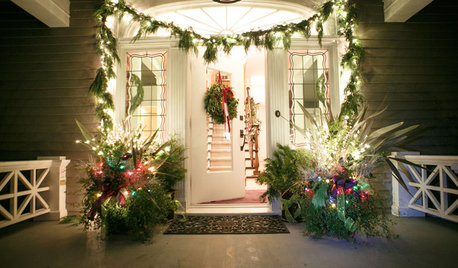

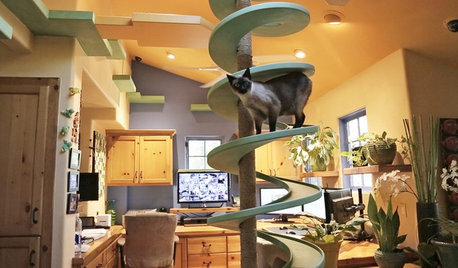

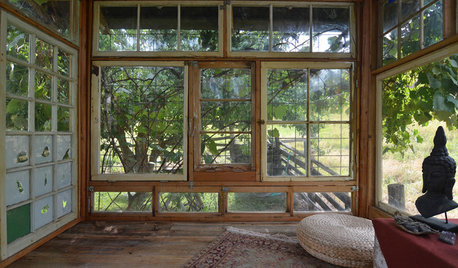



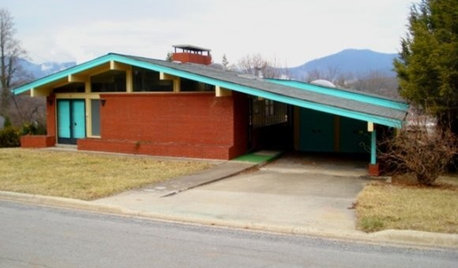
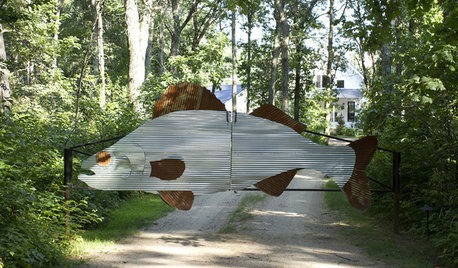






koszta_kid
ditas
Related Professionals
Arlington Landscape Architects & Landscape Designers · Arnold Landscape Architects & Landscape Designers · Sahuarita Landscape Architects & Landscape Designers · College Park Landscape Contractors · Kearny Landscape Contractors · Milford Landscape Contractors · San Benito Landscape Contractors · South Lyon Landscape Contractors · Waltham Landscape Contractors · Gaithersburg Decks, Patios & Outdoor Enclosures · Minneapolis Decks, Patios & Outdoor Enclosures · Philadelphia Decks, Patios & Outdoor Enclosures · Puyallup Decks, Patios & Outdoor Enclosures · San Jose Decks, Patios & Outdoor Enclosures · West Bend Decks, Patios & Outdoor Enclosuresironbelly1Original Author
ditas
ditas
ironbelly1Original Author
ditas
ironbelly1Original Author
ditas
ironbelly1Original Author
dirtdoctortoo
ditas
hawki
bahia